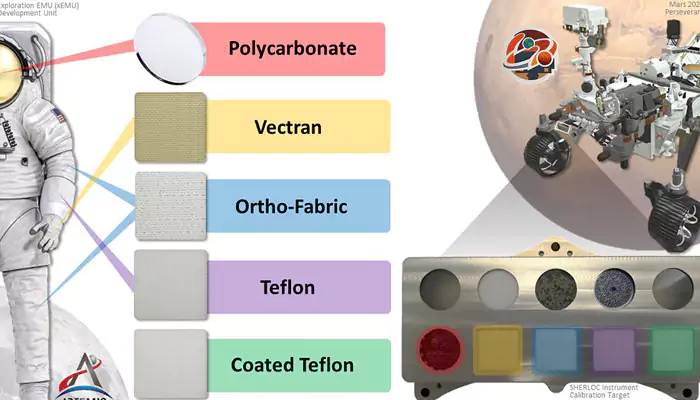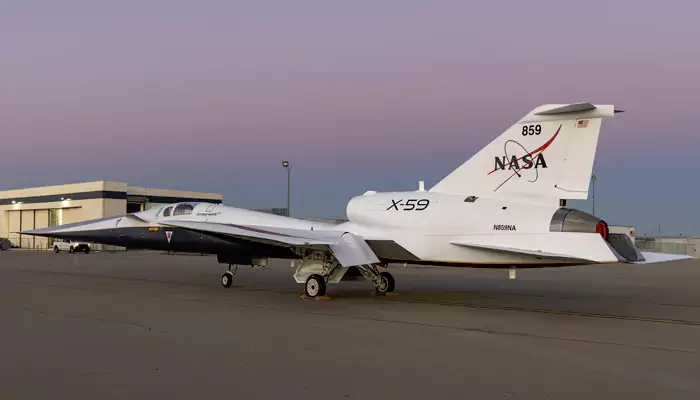
Here are today’s most important updates from the realm of Science and Space.
NASA's Perseverance rover has made an astonishing discovery on Mars, uncovering a peculiar rock formation filled with hundreds of millimeter-sized spheres. This intriguing find, named "St. Pauls Bay" by the science team, was identified during the rover's exploration of Broom Point, located on the lower slopes of Witch Hazel Hill within the Jezero Crater. The St. Pauls Bay rock is characterised by numerous dark gray spheres, some exhibiting elongated or angular shapes and tiny pinholes. These features have left scientists questioning their geological origins. Establishing the geological context of these features is essential for understanding their significance within Mars' geological narrative.

(Credit: NASA)
The Webb telescope discovered the incredibly distant galaxy JADES-GS-z13-1, observed to exist just 330 million years after the big bang, in images taken by Webb’s NIRCam (Near-Infrared Camera) as part of the James Webb Space Telescope Advanced Deep Extragalactic Survey (JADES). The international team of astronomers has identified bright hydrogen emission from the galaxy in an unexpectedly early time in the universe’s history. The surprise finding is challenging researchers to explain how this light could have pierced the thick fog of neutral hydrogen that filled space at that time. The source of the Lyman-alpha radiation from this galaxy is not yet known, but it may include the first light from the earliest generation of stars to form in the universe.

(Credit: NASA)
Along with searching for signs of ancient microbial life and to help scientists understand the planet’s climate and geography, another key objective of NASA’s Perseverance rover is to pave the way for human exploration of Mars, and as part of that effort, the rover carries a set of five spacesuit material samples. Now, after those samples have endured four years of exposure on Mars’ dusty, radiation-soaked surface, scientists are beginning the next phase of studying them. The end goal is to predict accurately the usable lifetime of a Mars spacesuit. What the agency learns about how the materials perform on Mars will inform the design of future spacesuits for the first astronauts on the Red Planet. The key to developing safer spacesuit materials will be understanding how quickly they would wear down on the Martian surface.

(Credit: NASA)
NASA's X-59 is one-of-a-kind aircraft, powered by a General Electric F414 engine, a variant of the engines used on F/A-18 fighter jets. The engine is mounted above the fuselage to reduce the number of shockwaves that reach the ground. The X-59 is the centerpiece of NASA's Quesst mission, which aims to demonstrate quiet supersonic flight and enable future commercial travel over land - faster than the speed of sound. The team completed critical ground test in March, ensuring the quiet supersonic aircraft will be able to maintain a specific speed during operation. The test, known as engine speed hold, is the latest marker of progress as the X-59 nears first flight this year.